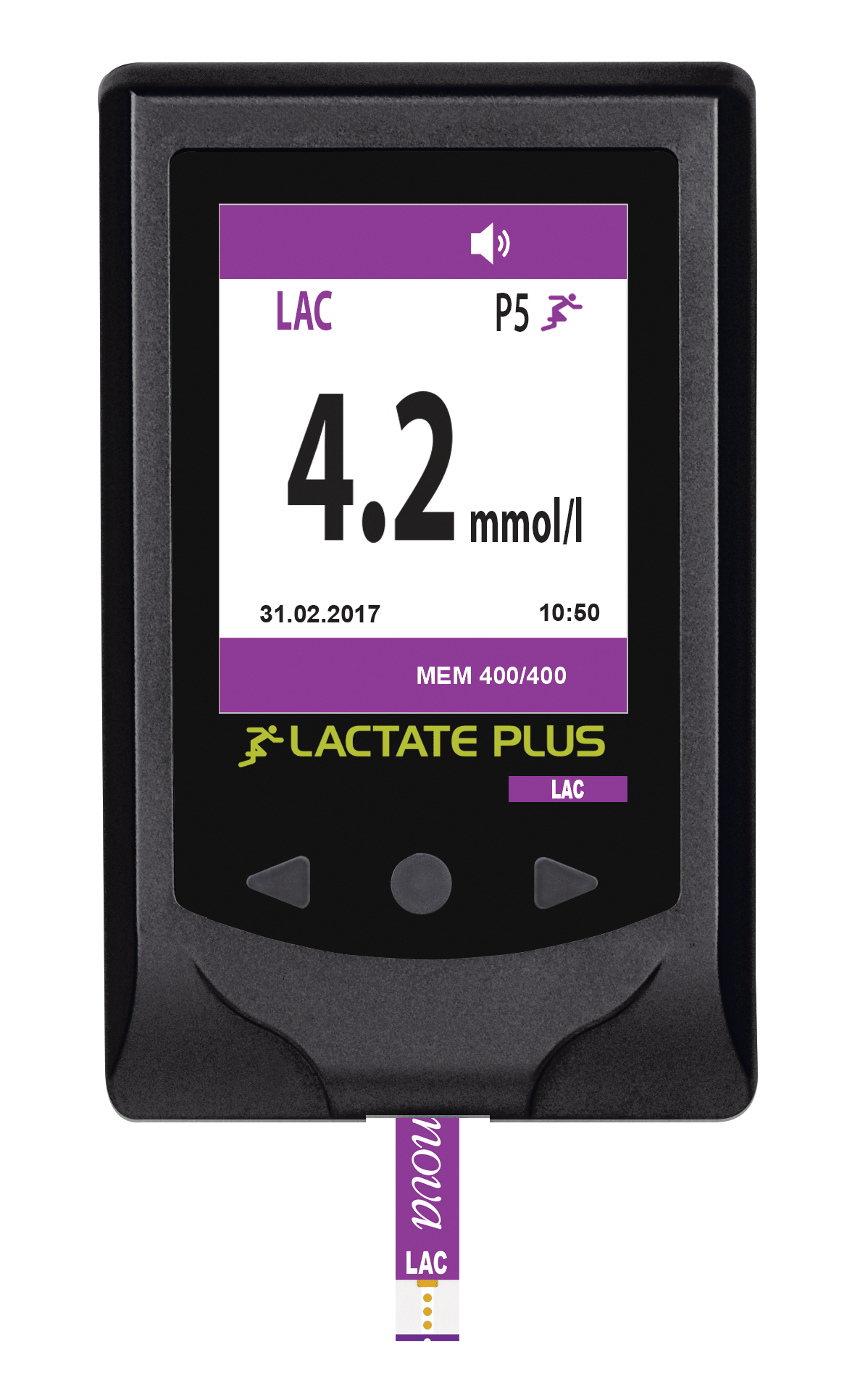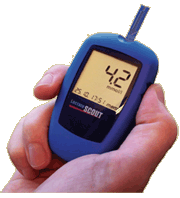Secrets of Lactate Course
Available online - Click for details
Lactate Threshold Discussion - Part 6
(If you entered this page first it is probably best to go to Part 1. The information is meant to be read in order)
Lactate Threshold Implications for Training
The model in the preceding section indicates that there are two aspects of your basic energy metabolism that affect the lactate threshold, namely
- aerobic capacity and
- anaerobic capacity.
Thus, changes in either will affect the lactate threshold.
Importance of aerobic capacity - We make the comment at various places on this course that there is never enough aerobic capacity or VO2 max. We have not found any athletic situation where a lower VO2 max is an advantage. Thus, training to raise it is always an objective. We add this one very important caveat: sometimes training to raise VO2 max takes away from training time that is more important for the athlete and some training to raise VO2 max can affect other aspects of optimal performance negatively. For example,
- First, most team sports require a high skill set appropriate for the specific sport. Most training should emphasize this skill set as well as team tactics and there may not be enough time to maximize VO2 max. Some individual racing sports also require extremely high skills and these skills are the priority in training. Two examples are down hill skiing and motocross racing. In all these situations VO2 max is important but it is not as important to maximize it as it was for the 1500 m runner referred to above.
- Second, some training to raise VO2 max to a maximum will cause changes in other aspects of training that are detrimental. Some of the methods to raise VO2 max will lower anaerobic capacity or quickness. In many team sports this would be detrimental so a less than maximum VO2 max is therefore acceptable to ensure the speed necessary or strength necessary for the sport is present as there is not enough time to maximize both. For example, ice hockey players need high aerobic capacity to extend their time on the ice at a high rate and to last long into the game at high levels. But there is no faster team sport than ice hockey and anything that sacrifices quickness and strength will be undesirable.
- Third, there are some short events where the level of aerobic capacity may have little effect or no effect on the outcome of a specific race. Some of these very short events are a 100 m and 200 m running events and 50 m freestyle swimming. Also many strength and dexterity events such as a high jump or pole vault are not dependent on aerobic capacity. However, a relatively high aerobic capacity will help the athlete repeat high level training with less stress on the body and as such a high aerobic capacity is extremely valuable in training for these events as opposed to the actual competition.
Importance of anaerobic capacity - Anaerobic capacity does not act the same way as aerobic capacity and because it is difficult to measure, little is understood about its specific effects. Just how does anaerobic capacity from the above model affect an event. Here is part of the model

Let's take the 1500 m runner mentioned earlier as an example. His aerobic capacity was 79.6 ml/kg/min at max during the time period measured and his best time 3:32.4. How could he become faster? From the above model, he could raise his aerobic capacity and that would definitely make him faster but it is already pretty high so that might be difficult. Not shown in the above diagram is economy of motion and if he could improve that he would also become faster. And these are the two ways that most coaches emphasize for improving their athletes.
But there is a third way which might be fruitful. We do not know if the runner's anaerobic capacity is optimal for the 1500 m race. Suppose it was not and suppose it was too high. Then workouts that lowered the anaerobic capacity would make this runner faster at 1500 m. If the anaerobic capacity was too low, then workouts that raised the anaerobic capacity would make the runner faster at 1500 m. Notice we said it would make him faster at 1500 m. By changing the anaerobic capacity the runner would be less effective at other distances. If the anaerobic capacity was lowered, less speed would be available and the runner would be less effective at shorter distances. By raising the anaerobic capacity the runner would be less effective at longer distances. The two energy systems have to be balanced for the specific race. This is a topic that is not understood very well and there is little if anything about it in any training literature. Those with computer models may be able to fine tune the athlete even more.
Two last comments on this here.
- First, any workout that raises or lowers one of the two capacities will affect the other. There is no magic workout but a series of carefully sequenced workouts that gradually raise the aerobic capacity to its max and adjusts the anaerobic capacity to the appropriate level. That is why any athlete will complete a variety of training sets, all with different effects and at different times in the training cycle. Hopefully, they are well designed. The above 1500 m runner's training must have been well designed since he is one of the best in the world. The current record in the 1500 m is 3:26.00 by Hicham El Guerrouj and was set over 20 years ago in 1998. Olympic record is 3.32.07.
- Second, for races that are run above threshold, most races up to 10 k in running, anaerobic power will be a consideration. That is how long and and what level can the anaerobic system be exploited and not force the athlete to slow too much. The shorter the race the more above threshold the race will be run, rowed, cycled, swum etc. and the greater the effect that anaerobic power will have on the final time. As we said above, for endurance events anaerobic power is not a factor except in some rare situations.


